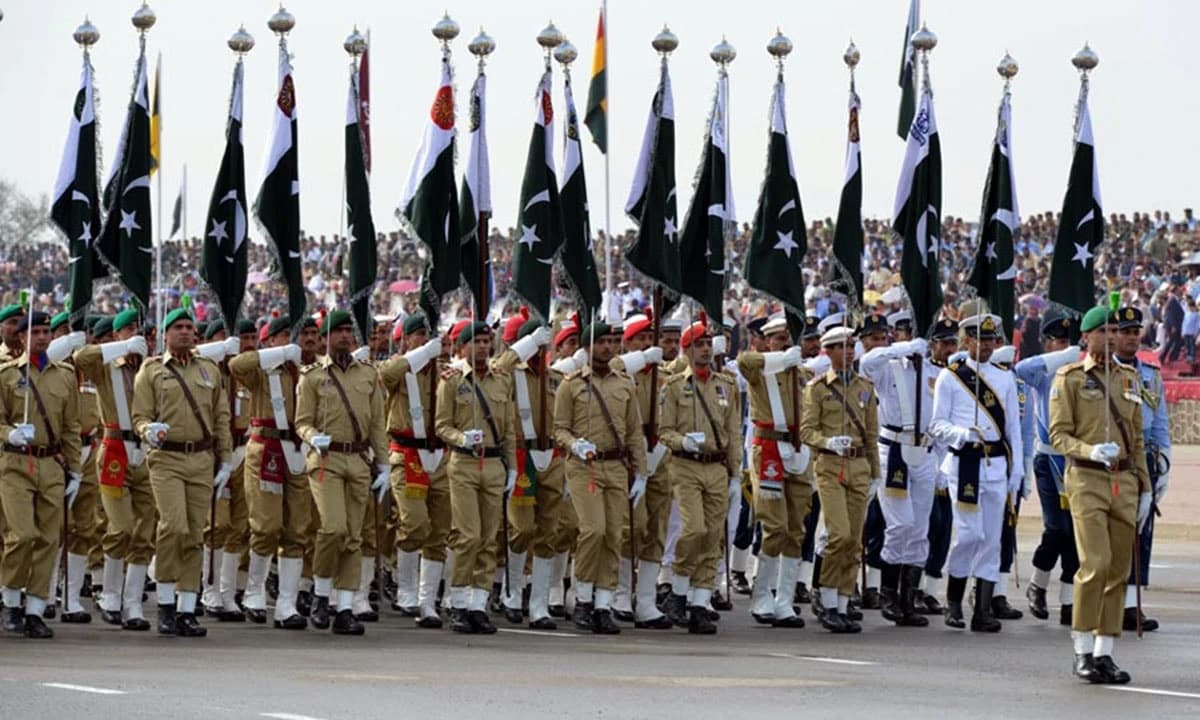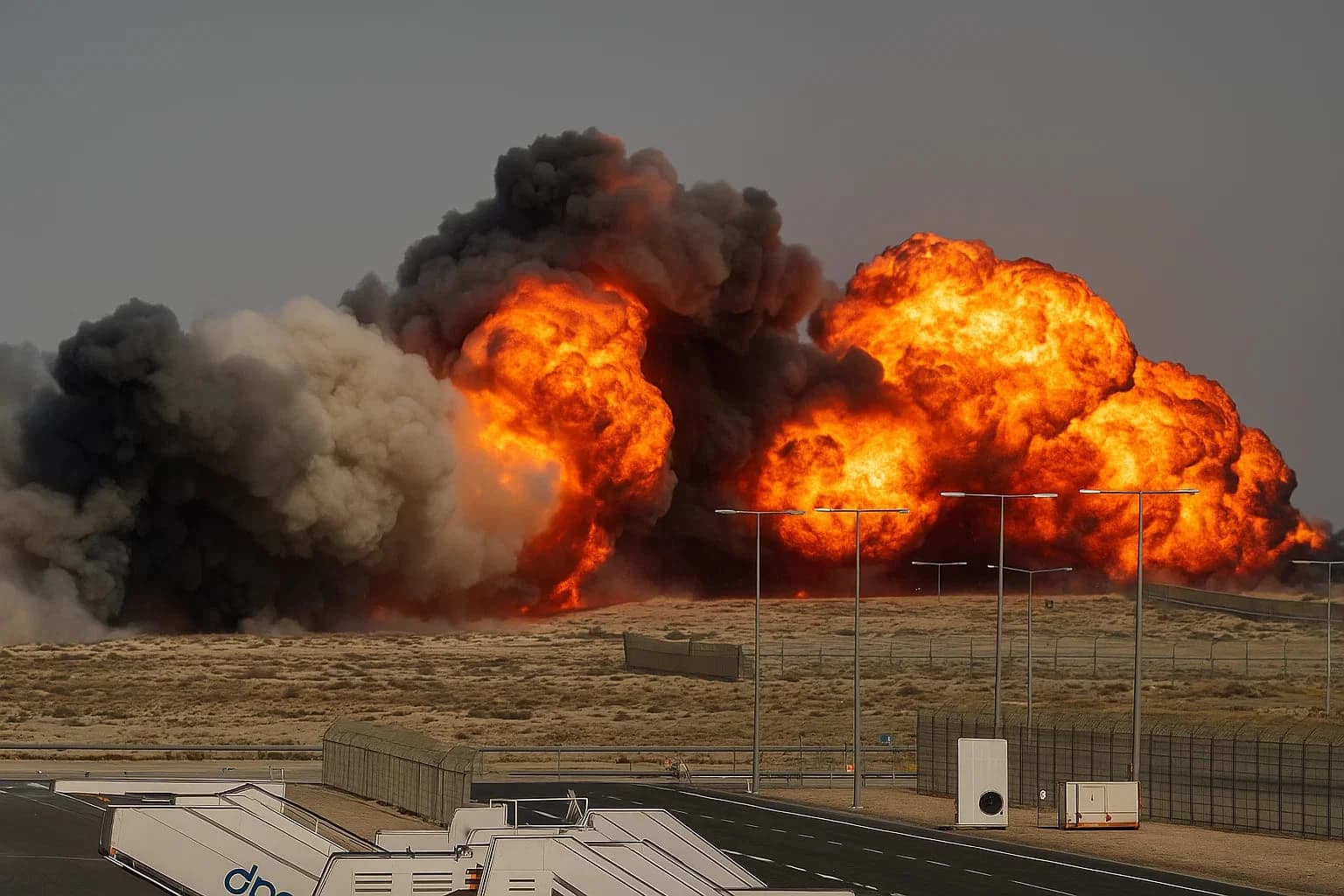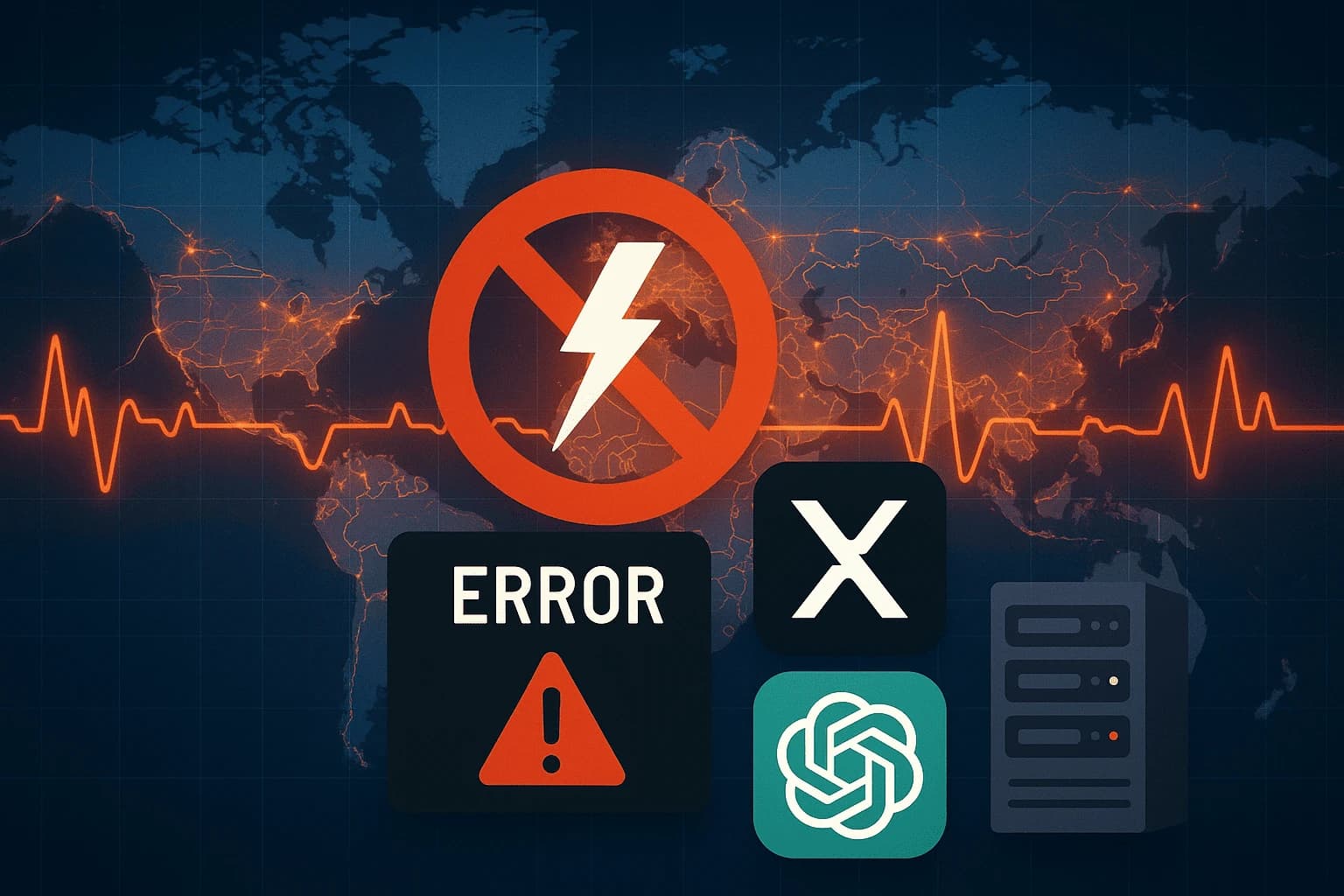© 2025 Roz UpdatesbyTETRA SEVEN

* All product/brand names, logos, and trademarks are property of their respective owners.
In an atmosphere charged with patriotism and gratitude, Pakistan observed Youm-e-Tashakur 2025 on Friday, May 16th, a national day of thanksgiving and honor dedicated to the valiant men and women of the armed forces. This year’s commemoration holds special historical and emotional significance following the country’s resounding victory in Operation Bunyan-um-Marsoos, a military campaign hailed as one of the most strategically significant achievements in recent times.
The observance marks a unifying moment in Pakistan’s contemporary history, coming just weeks after the successful culmination of military operations that safeguarded national sovereignty and restored peace along its eastern borders. Prime Minister Shehbaz Sharif, while addressing the nation, declared the day a symbol of “unbreakable resolve, unmatched bravery, and the collective prayers of a grateful nation.”
The national mood was reflective and proud, with government offices, schools, and media platforms dedicating the day to honor the sacrifices of soldiers who fought during the high-intensity confrontation. Special broadcasts highlighted the heroism shown during the operation, while mosques across the country offered special prayers (dua) for continued peace and security.
Social media platforms, too, witnessed a flood of patriotic content, with hashtags like #YoumETashakur2025, #BunyanUmMarsoosVictory, and #PakistanZindabad trending throughout the day. Streets and landmarks were illuminated in green and white, symbolizing unity and national pride. From Islamabad’s Constitution Avenue to the remote valleys of Gilgit-Baltistan, the spirit of thanksgiving echoed resoundingly.
As Pakistan takes a moment to express gratitude, Youm e Tashakur 2025 stands not only as a tribute to military might but as a reaffirmation of the country’s unwavering faith in its protectors and a solemn reminder of the sacrifices made to secure peace.
Tensions had been simmering along the Pakistan-India border throughout early 2025, following a series of provocations including cross-border violations and targeted strikes on civilian settlements in Azad Jammu and Kashmir. These incidents, widely condemned by international observers, pushed Pakistan’s National Security Council into high alert mode by late March.
Operation Bunyan um Marsoos—named after the Arabic phrase meaning fortified structure of resistance—was launched in early April as a swift and calculated military response. The operation was a direct counter to escalating threats along the Line of Control (LoC) and was designed to neutralize hostile advances while reinforcing Pakistan’s commitment to regional peace through strength.
The Inter-Services Public Relations (ISPR) outlined the campaign’s goal as one to “restore strategic balance, secure civilian lives, and eliminate emerging cross-border threats with precision and restraint.”
The operation was spearheaded by joint task forces involving the Pakistan Army, Air Force, and Navy in a coordinated, real-time offensive. Tactical drone strikes, electronic warfare, and rapid ground maneuvers formed the core of Pakistan’s response—each executed with calculated precision and minimal collateral damage.
Within two weeks, Pakistani forces had not only repelled adversarial elements but also regained critical control of compromised zones. Intelligence-sharing with allies and satellite surveillance played crucial roles in ensuring the mission's success.
One of the defining achievements of Operation Bunyan-um-Marsoos was the reestablishment of a durable ceasefire, mediated under the auspices of the Organization of Islamic Cooperation (OIC). This diplomatic success further legitimized Pakistan’s claim of acting in self-defense and reinforced its position as a responsible regional actor.
In the aftermath, the operation was globally acknowledged for its strategic sophistication and humanitarian approach, setting a new precedent in regional military engagements. Analysts referred to it as a “masterclass in modern warfare with moral clarity.”
On May 16, 2025, cities across Pakistan came alive with vibrant displays of national pride as Youm-e-Tashakur was commemorated in full ceremonial glory. The federal government, in coordination with the Armed Forces, organized elaborate state events centered around the Pakistan Monument in Islamabad, where top leadership, including President Asif Ali Zardari and Prime Minister Shehbaz Sharif, paid homage to the troops.
The ceremony began with a 21-gun salute, followed by a solemn fatiha (prayer) session for the martyrs of Operation Bunyan-um-Marsoos. A grand military parade, showcasing the latest technology and formations used during the operation, captured public imagination. The event also included the unveiling of a commemorative sculpture honoring the operation’s fallen heroes.
The Pakistan Air Force staged an awe-inspiring flypast, trailing green and white smoke over the capital, symbolizing unity and the resilience of the nation. Inter-services bands played patriotic songs, while a crowd of thousands, including schoolchildren, veterans, and civil society leaders, waved flags in celebration.
Beyond Islamabad, Youm-e-Tashakur was marked with zeal across provinces. In Lahore, a candlelight vigil at Minar-e-Pakistan drew thousands. Karachi's Clifton beach hosted a fireworks display accompanied by a massive crowd chanting “Pakistan Zindabad.” In Quetta and Peshawar, tribal elders joined youth groups in parades that underscored solidarity among ethnicities.
Public institutions, from universities to hospitals, arranged special functions, poetry recitals, and community meals. Television channels aired documentaries and live coverage throughout the day, while FM radio broadcast patriotic anthems and soldier testimonials, creating an immersive environment of national pride.
Most visibly, the Pakistani flag was draped across flyovers, buildings, and even vehicles—a powerful expression of collective gratitude. Businesses offered free services to veterans and their families, and cities maintained a celebratory mood into the night.
These celebrations weren’t just ceremonial—they were a heartfelt affirmation that the people stood shoulder to shoulder with their protectors, not just in victory, but in the enduring spirit of unity.
Across the globe, the Pakistani diaspora marked Youm-e-Tashakur 2025 with heartfelt tributes, proudly echoing the national sentiment from miles away. From London to Riyadh, Toronto to Sydney, Pakistani embassies and consulates organized a series of solemn and celebratory events in honor of the country’s armed forces and the successful completion of Operation Bunyan-um-Marsoos.
In London, the High Commission of Pakistan hosted a formal reception that brought together members of the British Pakistani community, local dignitaries, and defense analysts. The event included a video address by Pakistan’s Ambassador, emphasizing the international significance of the operation and lauding the diaspora’s role in advocating Pakistan’s narrative abroad.
In Jeddah and Riyadh, large gatherings were arranged under the auspices of the Pakistani Consulates, featuring Quran recitations for martyrs, national songs performed by community children, and speeches by military attachés recounting the strategic victories of the operation. Similar events were observed in the United Arab Emirates, where Pakistani workers and families came together in open-air celebrations organized by cultural organizations and expatriate forums.
The Pakistani Embassy in Washington D.C. lit its facade in green and white, and held an interfaith prayer service for regional peace and national unity.
Online platforms served as powerful amplifiers of the overseas celebrations. Hashtags such as #YoumeTashakur2025, #PakArmyPride, and #OverseasPakistaniTribute trended on X (formerly Twitter), Facebook, and Instagram, where users shared photos of flag-raising events, Pakistani cuisine-themed parties, and virtual prayer sessions.
Students in North American and European universities organized webinars and public screenings of Operation Bunyan-um-Marsoos documentaries, fostering informed discussions on Pakistan’s defense strategy and geopolitical posture.
Many diaspora-run media outlets and YouTube channels streamed live coverage of domestic events, helping overseas Pakistanis feel closely connected to the homeland’s commemorations. Emotional video messages sent to soldiers and their families also circulated widely, reinforcing the shared emotional fabric that binds Pakistanis, regardless of borders.
In all, the overseas community’s participation showcased not only pride in Pakistan’s military capabilities but a continued emotional and cultural allegiance—demonstrating that national victories resonate far beyond geographical boundaries.

22 November 2025

18 November 2025
No comments yet. Be the first to comment!